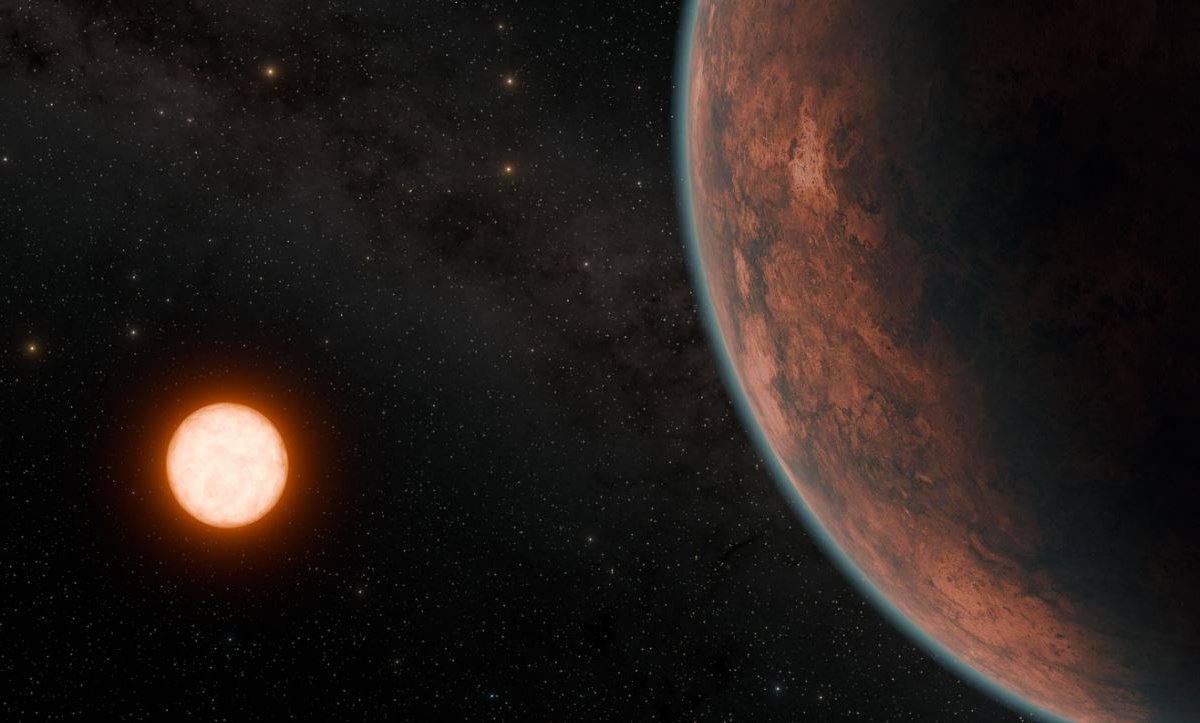According to a new study published in the scientific journal Monthly Notices of the Royal Astronomical Society, A group of astronomers has discovered a new exoplanet that may be similar to Earth. It offers habitable conditions for the formation of life. The celestial body, called Gliese 12 b, is located just 40 light-years away from Earth and orbits a star ‘similar’ to the Sun.
The biggest evidence that it might be habitable is its distance from the host star, known as the habitable zone. — Life exists on Earth only because of this distance. Unfortunately, scientists have been unable to gather further evidence of this possibility. For example, the working group has not yet discovered whether Gliese 12 b has an atmosphere.
The distance to the host star is important mainly because of the temperature it will affect the planet. When we are close enough to the star, as we are close to the Sun, the heat emitted will enable the presence of liquid water on the surface of the celestial body. But it has to be in a perfect area; If it is too far it will be too cold, if it is too close it will be too hot.
“I think this planet will give us the clearest answer yet for any potentially habitable planet as to whether it can support habitable conditions. Its host star is inactive, extremely close and therefore quite characterizable. Gliese 12 b represents one of the best targets for studying whether Earth-sized planets orbiting cool stars can retain their atmospheres; This is a very important step in advancing our understanding of the habitability of planets in our galaxy,” Southern Queensland, Australia, said in a message posted to the website Science Alert.
Could an exoplanet be this close to Earth?
As the study explains, the exoplanet was discovered from data collected by the Transiting Exoplanet Survey Satellite (TESS) and Characterizing ExOPlanet Satellite (CHEOPS) telescopes.
Gliese 12 b is similar in size to Venus, but The surface temperature is about 42 degrees Celsius. Additionally, the celestial body completes its rotation around its host star every 12.8 days.
The discovery is impressive not only because the exoplanet is similar to Earth, but also because there are many objects similar to our planet. NASA claims that there are only a few cosmic objects that could be habitable, and therefore Gliese 12 b deserves to be analyzed in detail.
Scientists say they will continue to work to understand whether the planet is truly habitable. For this reason, The presence of an atmosphere on the surface of a celestial body may be the answer to understanding this question.
“We have found the closest, transitive, temperate, Earth-sized world found to date. Although we do not yet know whether it has an atmosphere, we think of it as an exo-Venus with similar size and star energy to our planetary neighbor in the solar system,” said University of Tokyo professor Masayuki Kuzuhara.
Did you like the content? Stay up to date with more news like this TecMundo. If you wish, take the opportunity to discover how to find planetary systems in habitable zones.
Source: Tec Mundo
I’m Blaine Morgan, an experienced journalist and writer with over 8 years of experience in the tech industry. My expertise lies in writing about technology news and trends, covering everything from cutting-edge gadgets to emerging software developments. I’ve written for several leading publications including Gadget Onus where I am an author.













